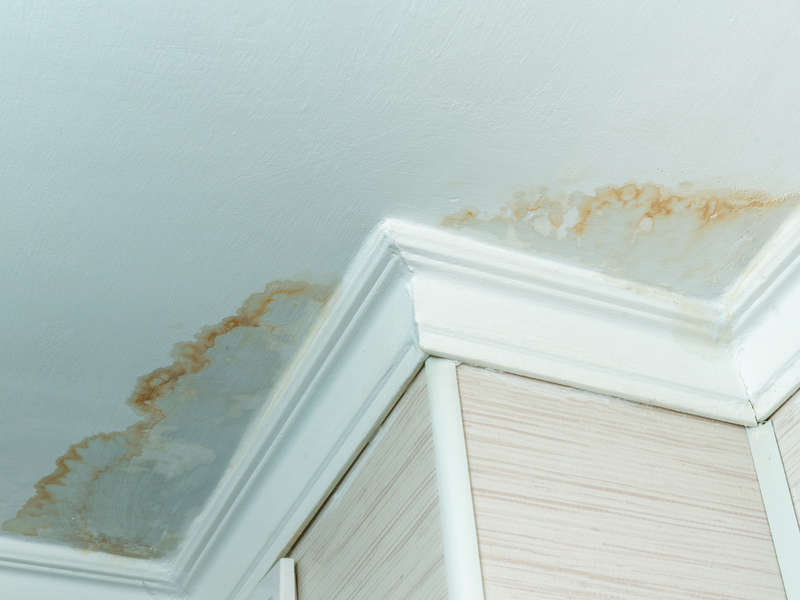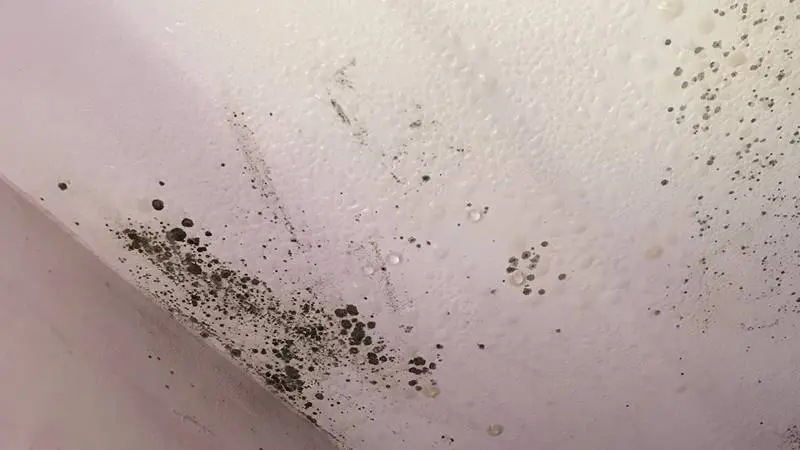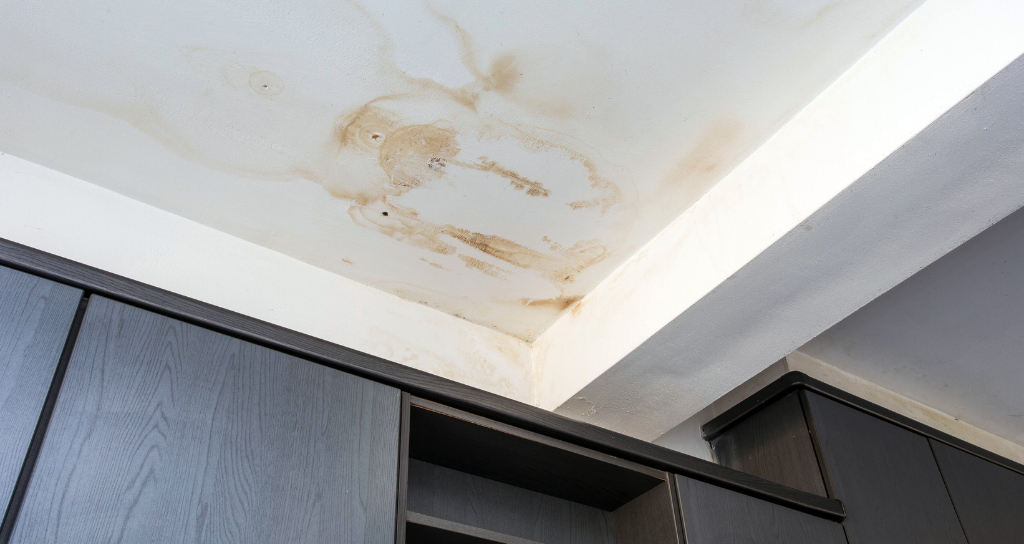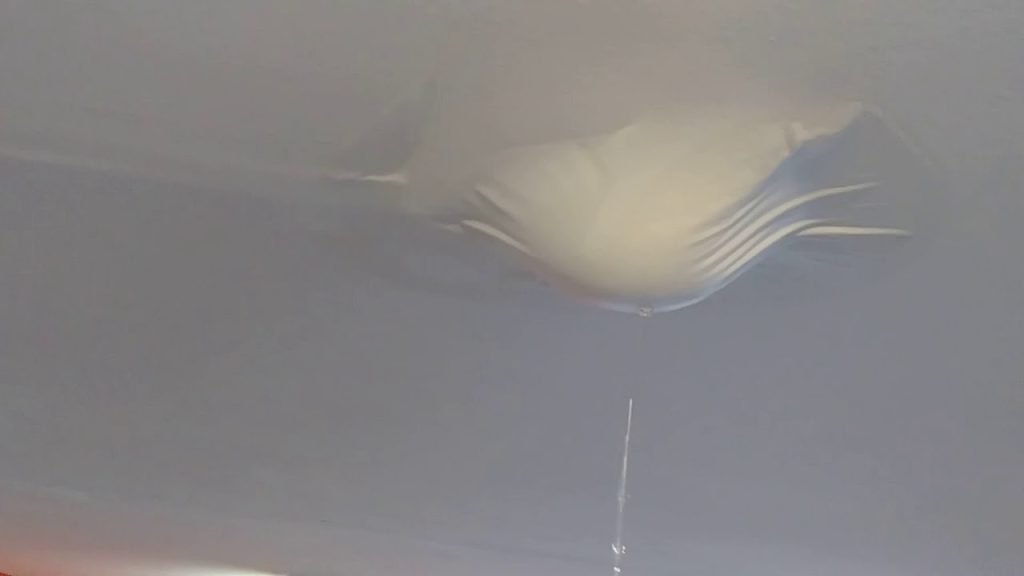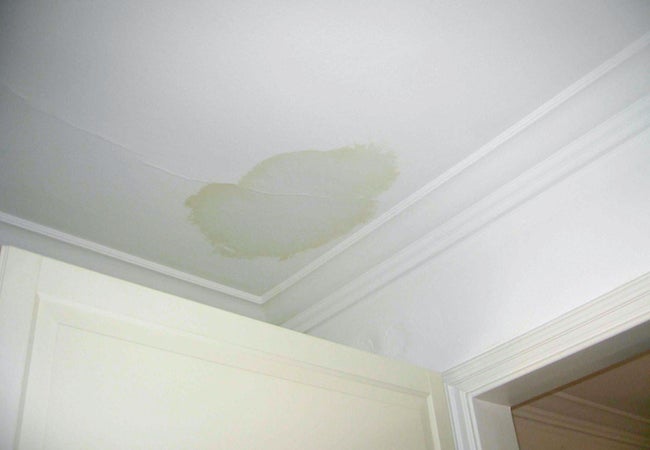Embark on a journey to uncover the nuances of “Condensation In Ceiling” and discover effective solutions to keep your space dry and pristine.
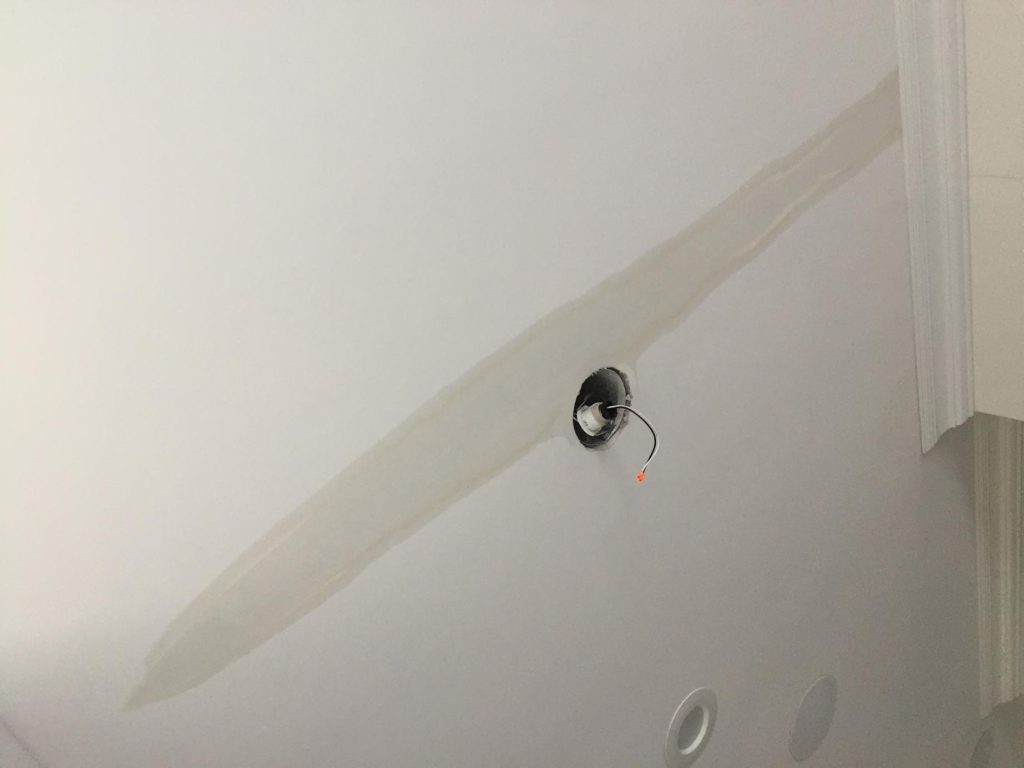
Condensation In Ceiling: The Invisible Intruder
Grasping the Basics
- What is Condensation?: Condensation occurs when warm air comes into contact with a cold surface, leading to the conversion of moisture vapor into liquid water. Understanding this fundamental concept is crucial for addressing condensation issues.
- Common Causes: Explore the various factors contributing to Condensation In Ceiling, such as inadequate ventilation, temperature differentials, and the presence of moisture sources within the living space.
- Impact on Structures: Delve into the potential consequences of untreated condensation issues in ceilings, including mold growth, structural damage, and compromised indoor air quality.
Identifying the Signs
Early Detection is Key
- Water Stains: Learn to recognize water stains on the ceiling as a potential indicator of condensation issues. These stains often manifest as discoloration and may signal a more extensive problem.
- Musty Odors: Unpleasant odors can accompany condensation problems, suggesting the presence of mold or mildew. Understanding these olfactory cues can aid in early detection.
- Peeling Paint or Wallpaper: Investigate instances of peeling paint or wallpaper, as these could be signs of excess moisture accumulating on the ceiling due to condensation issues.
Read too: Unveiling the Essentials of Vaulted Ceiling Insulation Requirements: Elevate Your Space
Causes and Solutions
Addressing the Root of the Problem
- Poor Ventilation: Explore the role of ventilation in condensation issues. Discover ways to improve airflow, such as the installation of exhaust fans, air vents, or opening windows to promote better air circulation.
- Temperature Control: Understand the importance of maintaining consistent temperatures to minimize condensation risks. Explore heating options and insulation methods to create a more stable indoor climate.
- Moisture Management: Implement effective moisture control measures to mitigate condensation problems. This includes addressing leaks, repairing damaged roofs, and utilizing dehumidifiers to reduce excess humidity.
Condensation In Ceiling: DIY Prevention Techniques
Empowering Homeowners with Solutions
- Regular Inspections: Foster a habit of conducting regular ceiling inspections to identify early signs of condensation. Timely detection allows for prompt intervention and prevention.
- Proper Insulation: Explore the benefits of proper insulation in preventing condensation. Insulation helps regulate temperatures and reduces the likelihood of moisture condensation on surfaces.
- Humidity Monitoring: Invest in humidity monitors to keep track of indoor moisture levels. These devices offer valuable insights into the environment and assist in preventing excessive humidity that can lead to Condensation In Ceiling.
Conclusion: A Dry and Healthy Living Space
In conclusion, unraveling the mysteries of Condensation In Ceiling is essential for maintaining a dry, structurally sound, and healthy living space. From understanding the causes and signs to implementing effective prevention techniques, homeowners can take proactive steps to combat this invisible intruder.
Embrace a proactive approach, conduct regular inspections, and address issues promptly to create an environment where Condensation In Ceiling is a rarity. By doing so, you not only preserve the integrity of your home but also ensure the well-being of those who inhabit it.
